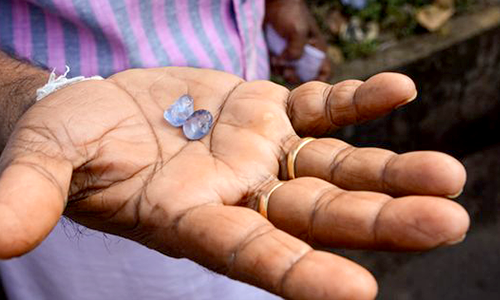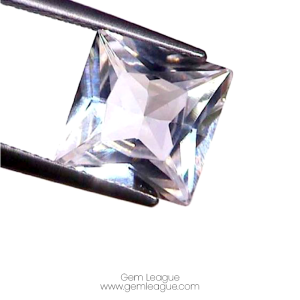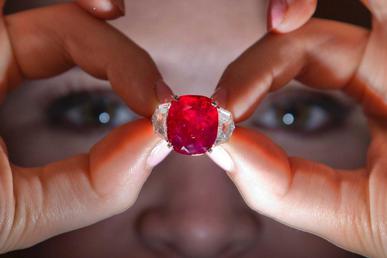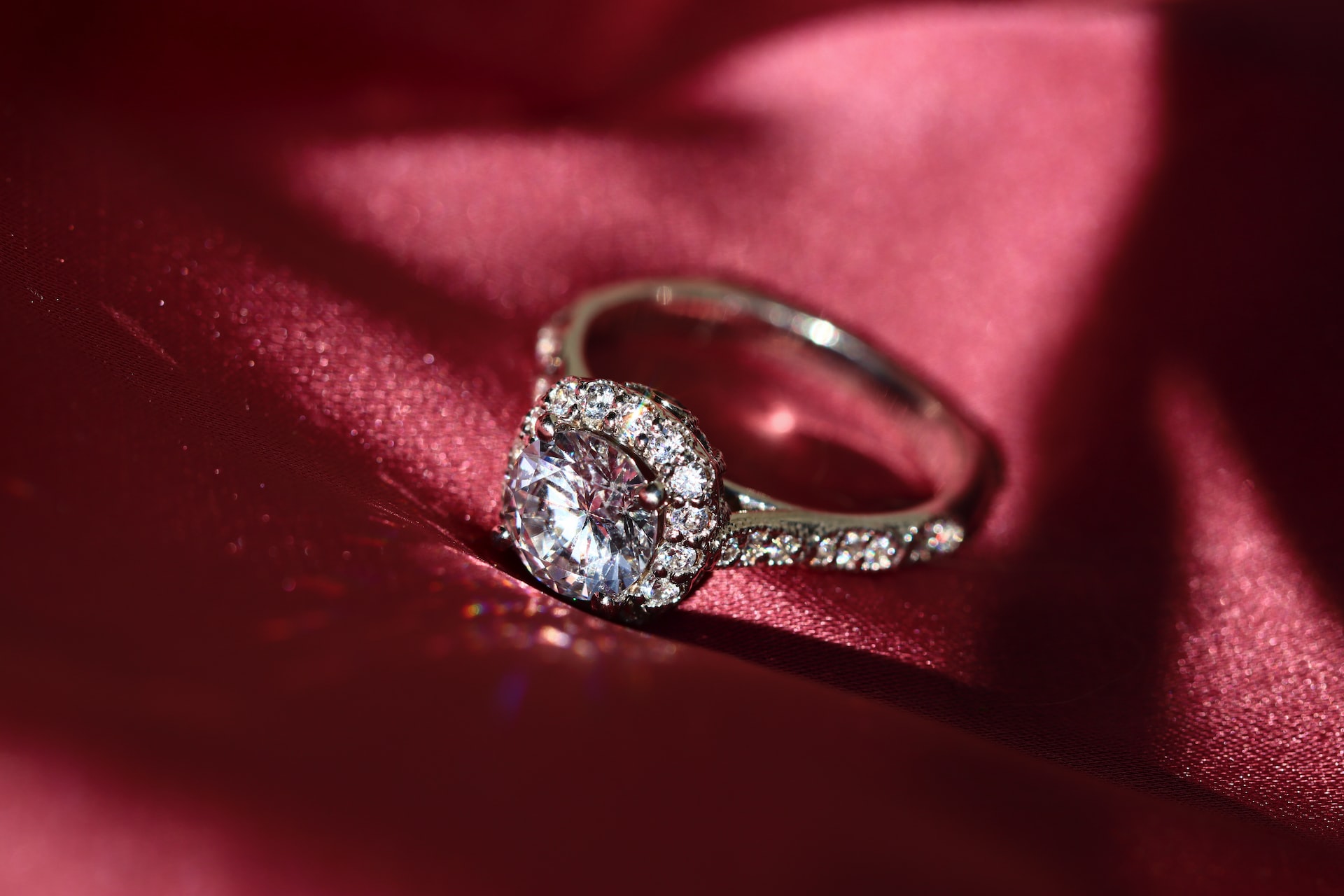How does diamond grading work
The evaluation of each diamond’s characteristics and their relationship to its rarity and value are part of the diamond grading process. The value of a diamond is determined by the well-known four Cs: the diamond’s color, clarity, weight, and cut. The four main characteristics that influence the diamond’s beauty and demonstrate its value are referred to as the “4Cs.” When comparing diamonds, gemologists, traders, and retailers all benefit from their assistance.
A diamond’s cut includes its shape, faceting style, proportions, and finish quality. A diamond with a perfect cut can catch and reflect light in amazing ways. The absence of inclusions and flaws, which are hallmarks of clarity, is clarity. A diamond’s color is correlated with the amount of body color it contains. Diamonds with no color at all are very valuable.
The majority of diamonds sold in jewelry stores have flecks of yellow and brown, despite being nearly colorless. The carat weight of a diamond is measured in metric carats. When determining a diamond’s value, the four Cs are taken into account. One carat is equivalent to 0.200 grams.
Let’s start by talking briefly about who grades diamonds. Diamonds are graded by organizations like the European Gemological Laboratories (EGL USA) and the Gemological Institute of America (GIA). Specialized equipment is used to grade and examine the quality of diamonds. The four Cs are cut, color, clarity, and carat, but the carat weight of a diamond can be objectively measured.
Certified gemologists who have received instruction on how to use the appropriate tools for diamond analysis and grading are employed by these official organizations. Moving on, let’s talk about the scales for each of the four Cs and the tools appraisers use to grade them.
The carat weight of a diamond can give you a general idea of its size, but many people mistake it for the diamond’s actual size. On the other hand, carat is a straightforward way to measure weight. Diamonds are weighed by grading organizations using an extremely precise electronic microbalance machine for carat analysis.
The color of a white diamond indicates its colorlessness. Diamonds are graded from D (completely colorless) to Z (lightly colored). In order to determine a diamond’s color, diamond graders compare it to “color masters,” which are records of the color of each color grade. Because color is a subjective grading that must be done by the human eye, some organizations, like the GIA, have multiple graders independently evaluate each diamond. When all of these independent graders agree, the diamond receives a grade.
The clarity of a diamond is a sign of its internal and external flawlessness. Blemishes are flaws on the outside, while inclusions are flaws on the inside. Despite the fact that many diamonds have minute flaws that can only be seen with a magnifying glass, it is extremely uncommon for a diamond to be flawless in every way.
In order to determine a diamond’s clarity, grading organizations examine it under magnification for inclusions, exclusions, and any evidence of clarity treatments. The quality of a diamond’s cutting is measured by its cut, which has a significant impact on how well it reflects light. Cut is rated on a scale from excellent to poor. When evaluating a diamond’s cut, diamond graders first examine how the proportions of each diamond facet affect the diamond’s ability to capture light.
Because it requires a high level of expertise and meticulous attention to detail, cut is one of the four Cs that is the most challenging to evaluate. Millions of cut proportions must be compared to the data that graders collect when determining a diamond’s cut grade. Because it is a complicated process, diamond grading organizations have strict standards and procedures in place for evaluating cut grade.












